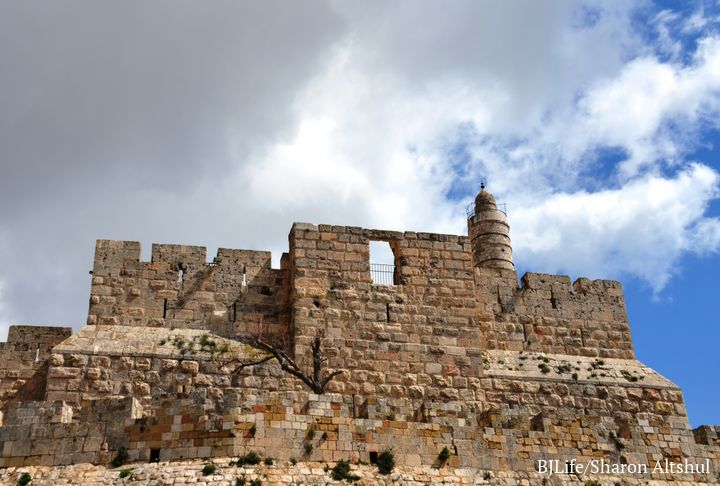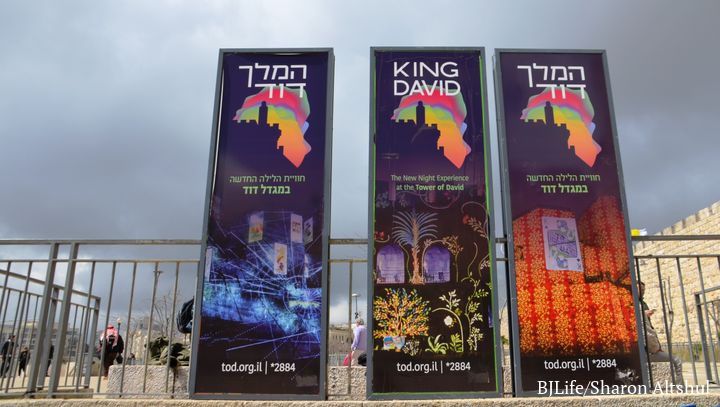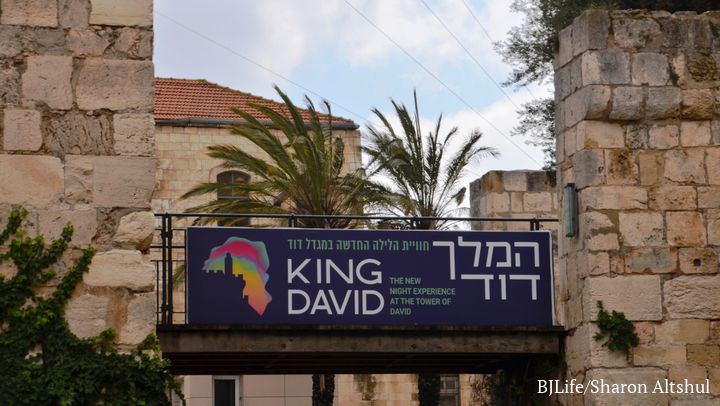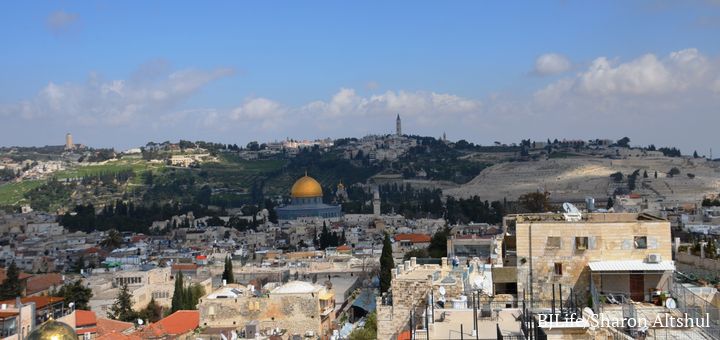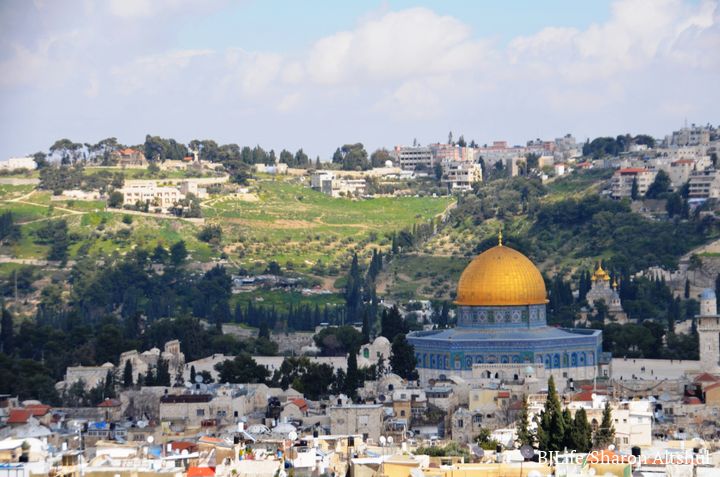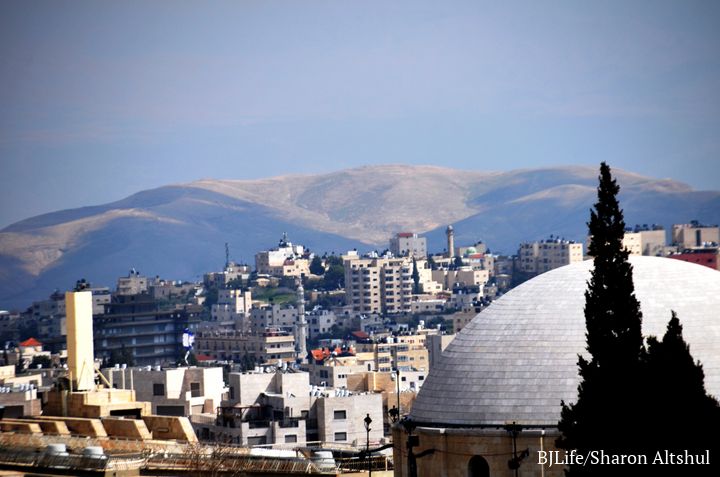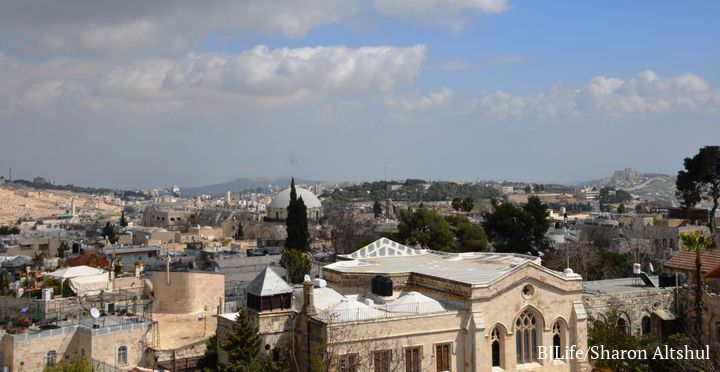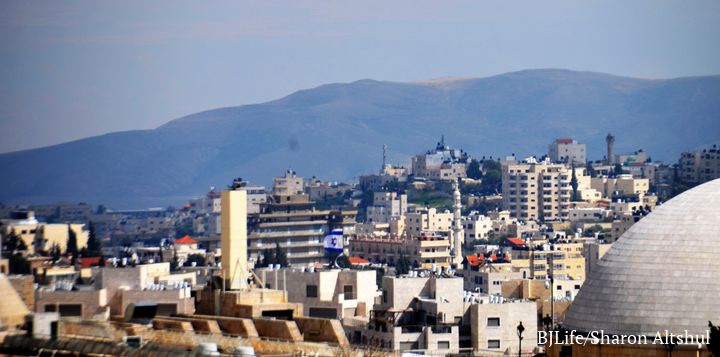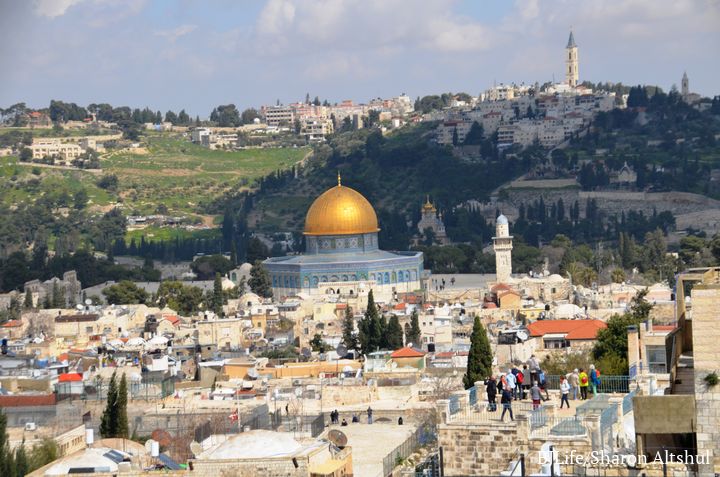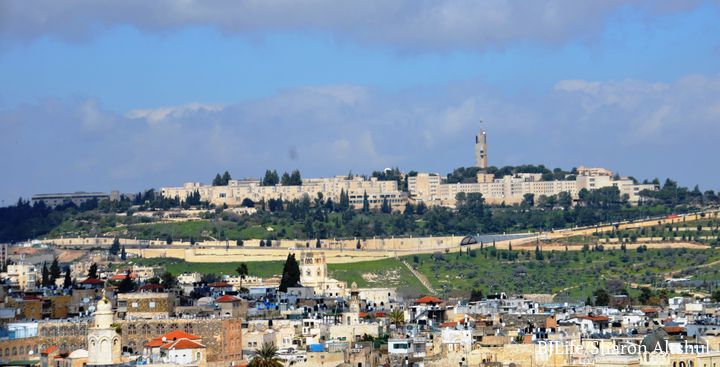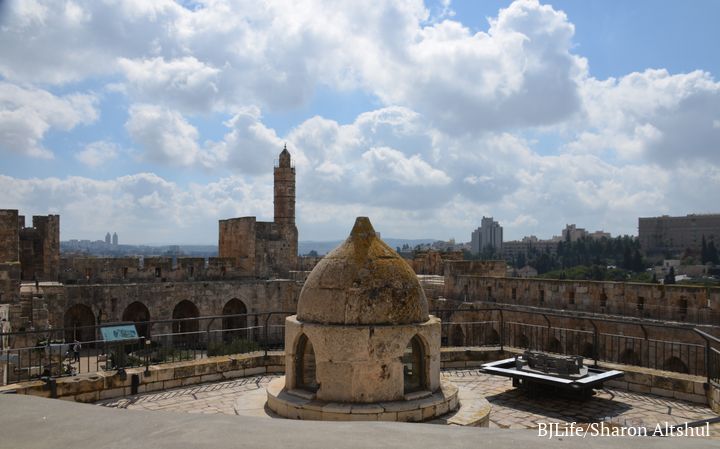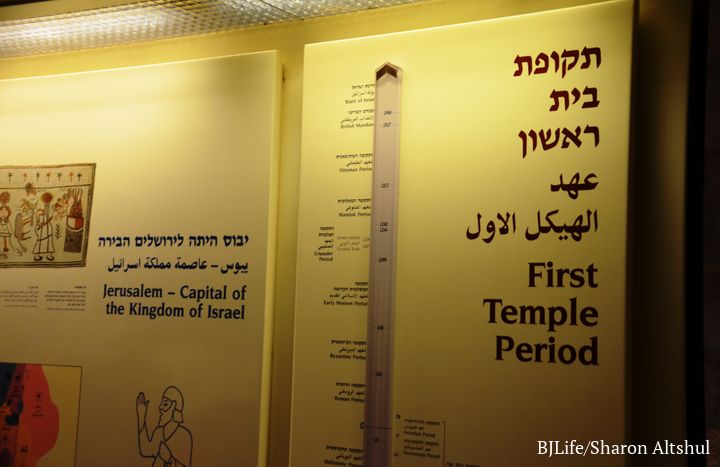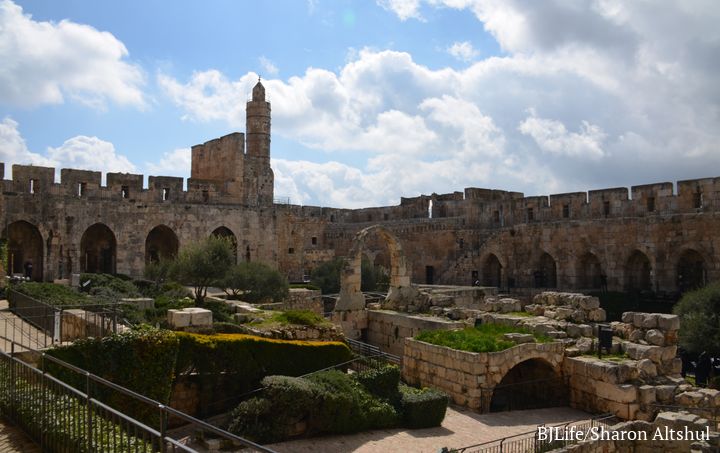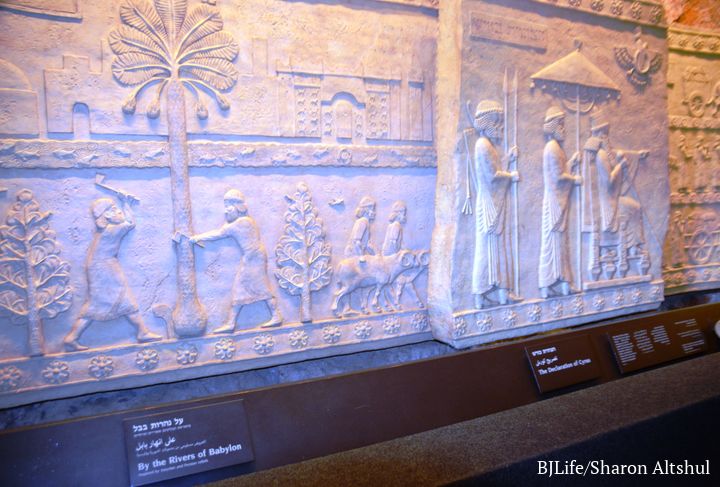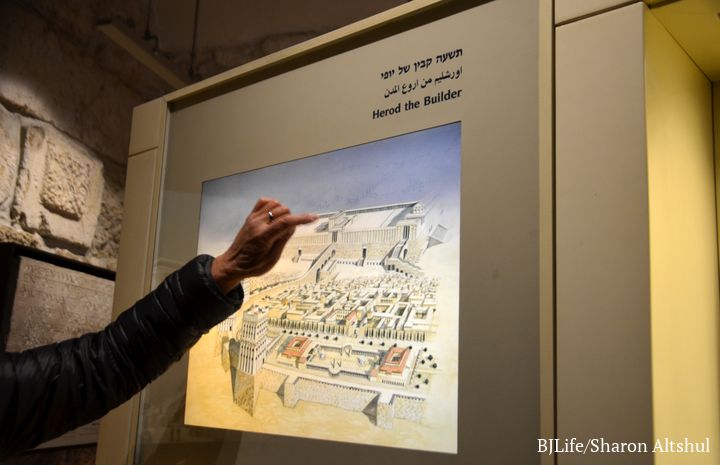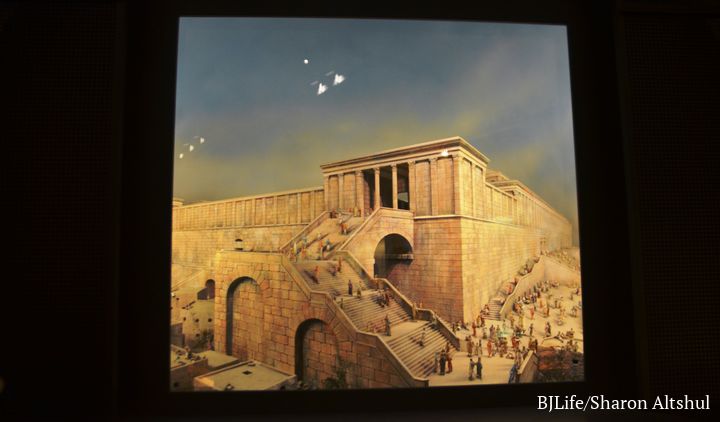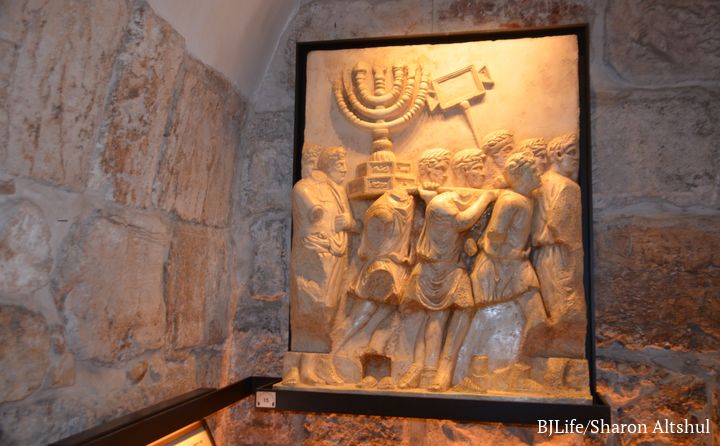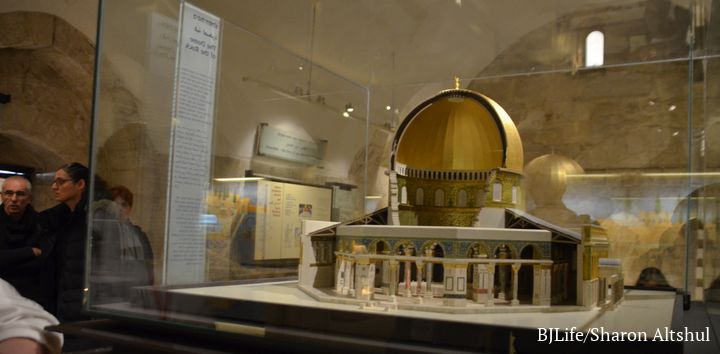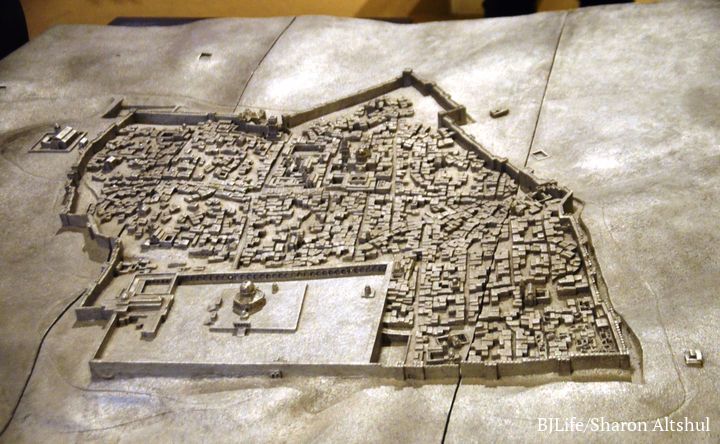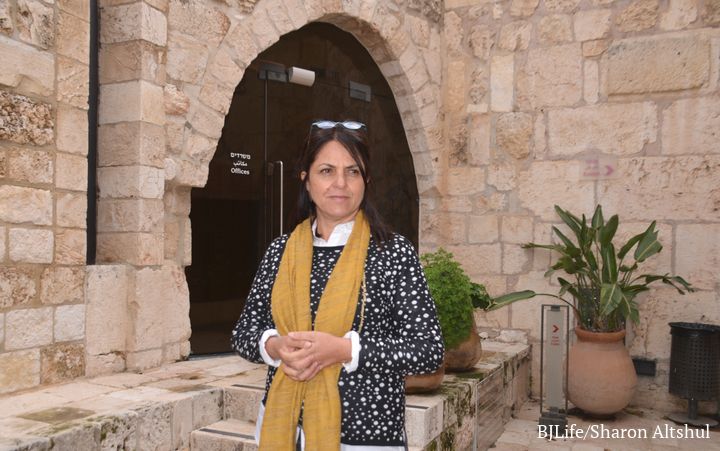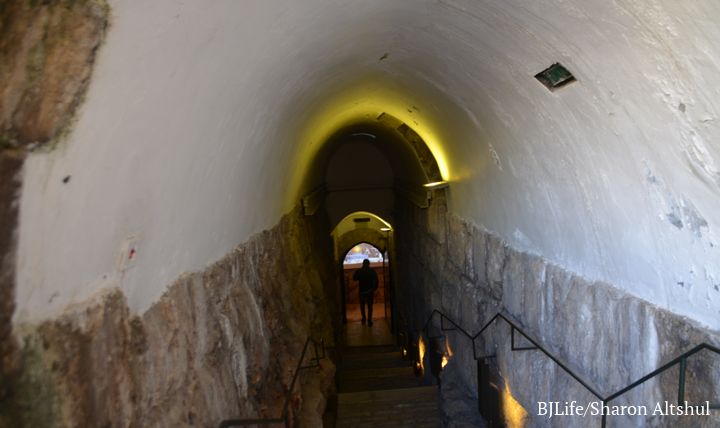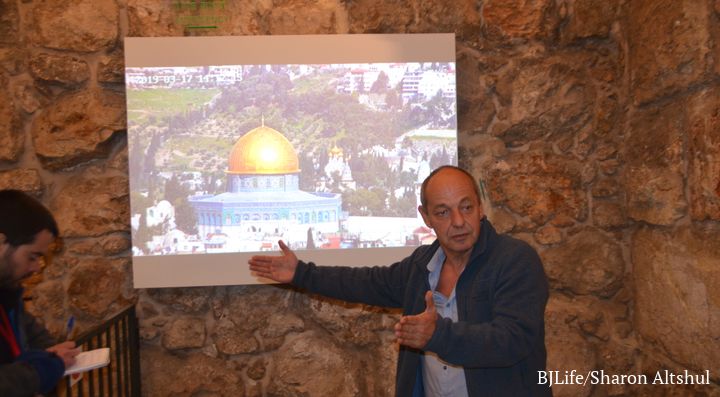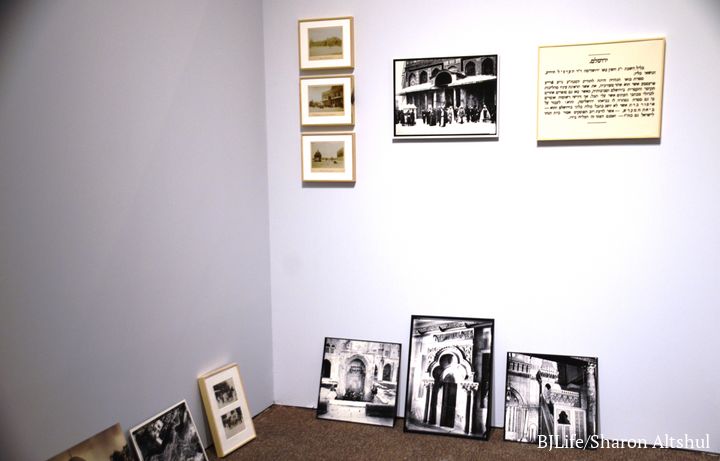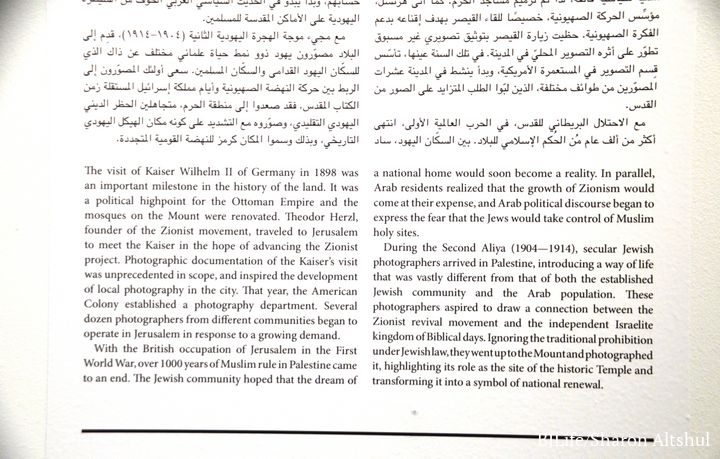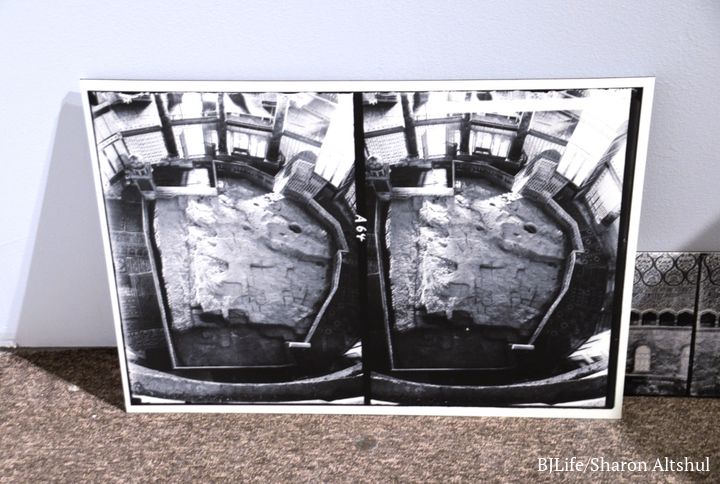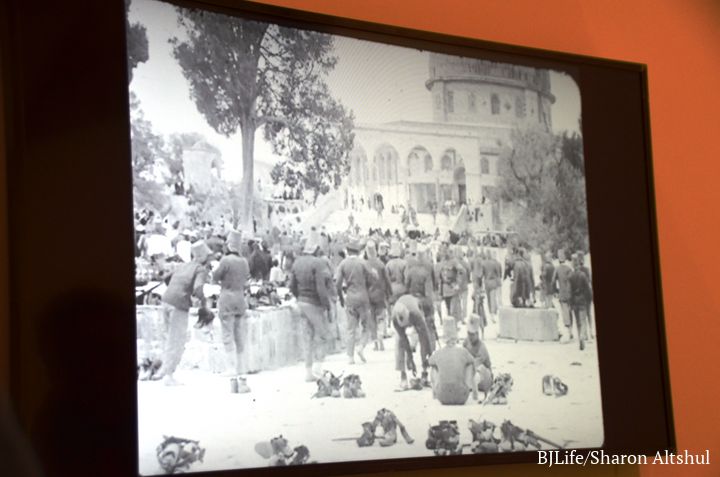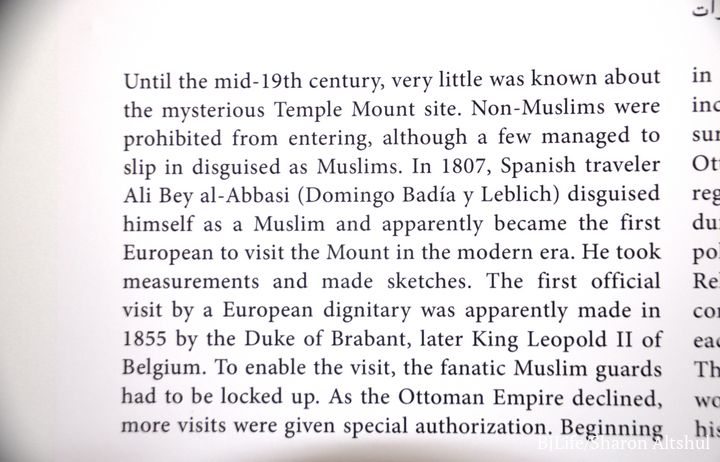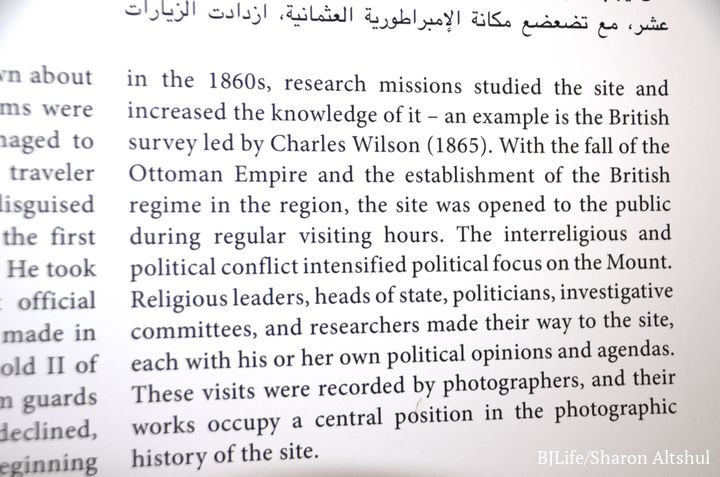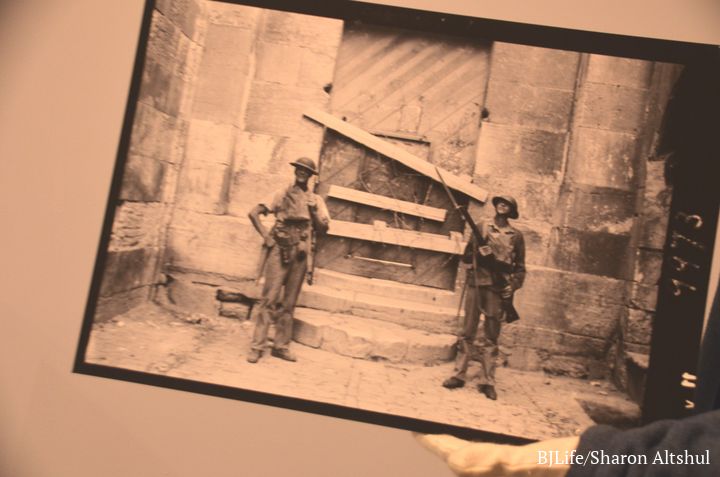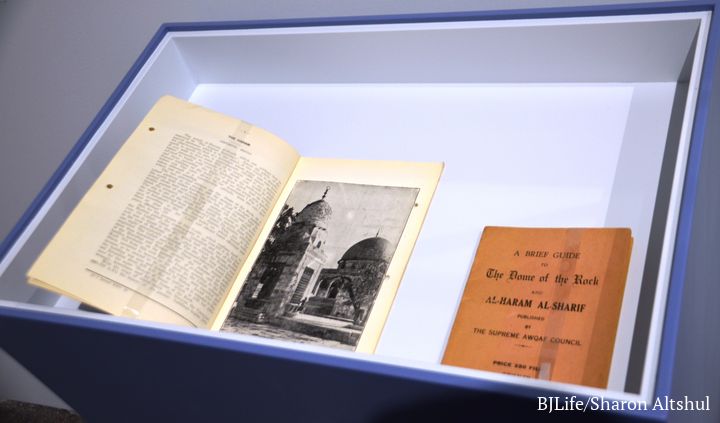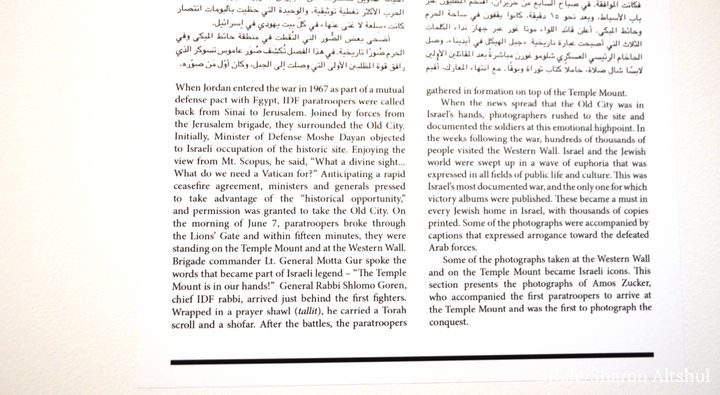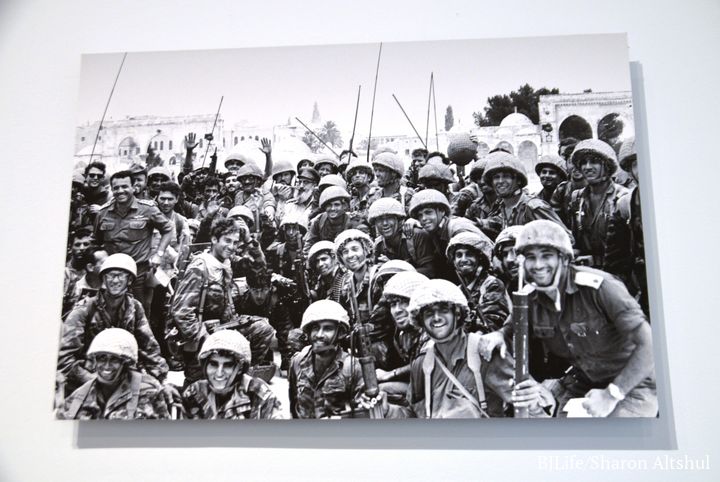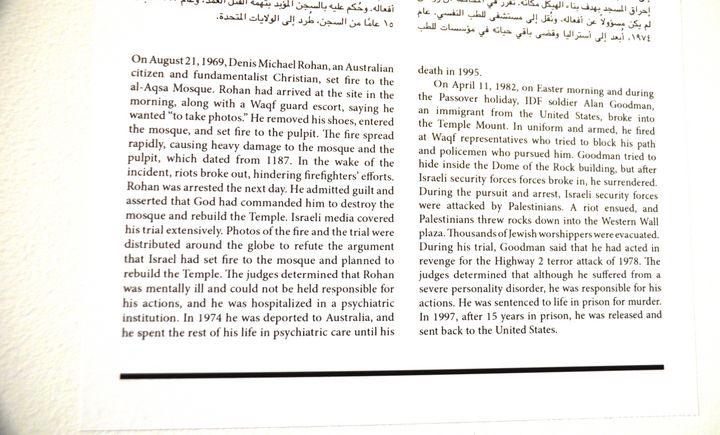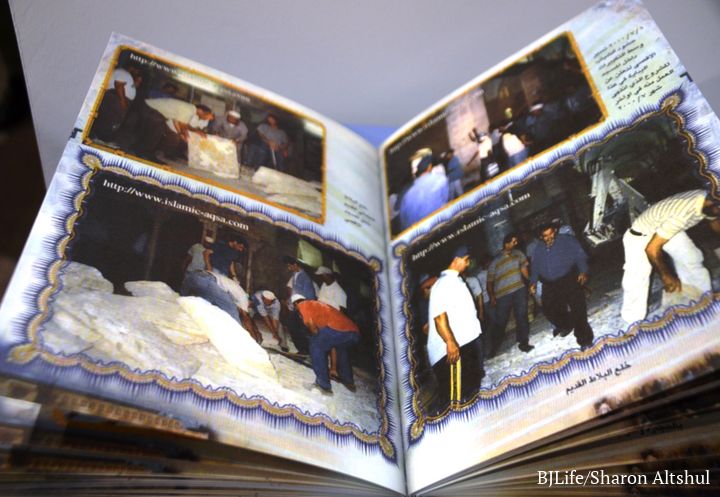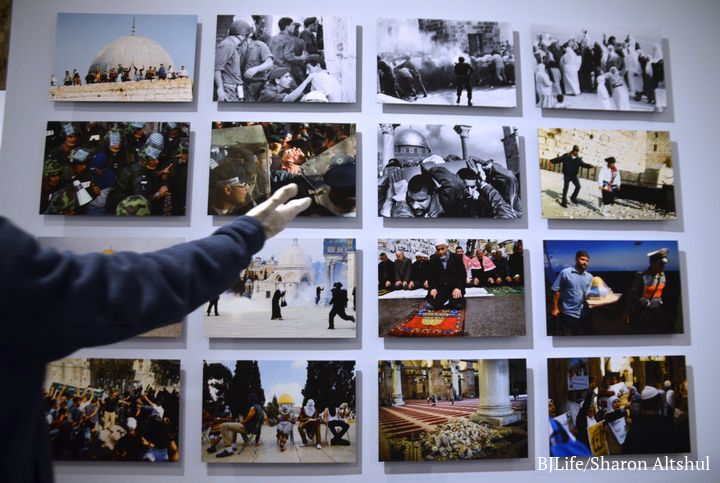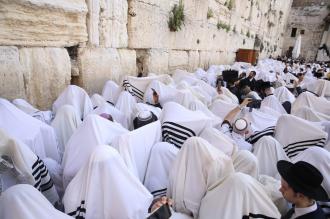Jerusalem, Israel - Mar. 25, 2019 - Har HaBayis, the Temple Mount in English, and in Arabic, al-Haram al-Sharif, is a most striking and visible symbol on the Jerusalem Old City skyline, with the Dome of the Rock and al-Aqsa Mosque. The rectangular complex is one-sixth of the area of Jerusalem’s Old City, comprising about 150,000 square meters. One of the best views of the area is from King Herod's Phasael Tower at the top of the Tower of David. From this elevated vantage point, one can see old Jerusalem as well as newer areas outside the Walls of the Old City, and on a clear day, even the Mountains of Edom in Jordan are visible.
Beginning in 1839, the same year that the camera was invented, first attempts were made to photograph Har HaBayis. From then until today, this is possibly the most photographed site in Jerusalem: photographers, researchers, curiosity-seekers, tourists, religious pilgrims, ideologues, soldiers and police as well as members of the Waqf continue to photograph the area and its visitors at every opportunity.
A new Tower of David Museum exhibit offers a look at Har HaBayis from the beginnings of photography until the present time.
The exhibition presents hundreds of photographs including iconic photographs that are now ingrained in the collective memory, together with photographs that have been rarely viewed, and many that have been released specifically for this exhibition.
Museum Director and Chief Curator Eilat Lieber, said in her introductory remarks: "Temple Mount is sacred to so many people, and carries the prayers of millions of people for thousands of years. This is a clear and sober look at the Temple Mount, but equally we are full of hope for a time in which the Foundation Stone will be the foundation for cooperation and mutual understanding, as it is written by the prophet Isaiah: "...for my house will be called a house of prayer for all people." (Isaiah 56:7)
Curator of the exhibition, Dr. Shimon Lev guided a press tour prior to the March 29th opening of "THE MOUNT: A Photographic Journey to Temple Mount." All involved with the exhibition mentioned that their goal was to achieve "balance." Lev stated, "This has been by far the most difficult exhibition that I have ever curated due to the sensitiveness and explosive nature of the subject we are exploring. The biggest challenge has been to try and tell a balanced story."
In various rooms throughout the Tower of David complex, the history of Jerusalem is portrayed: Bayis Rishon and its destruction, 'Herod the Builder' of the Second Temple, followed by Byzantine and Ottoman periods.
On entering the newly renovated exhibition space, visitors arrive to see a screen with a live-stream feed of what is happening at the Dome of the Rock. Early photographs beginning in 1839, are of a style with few people and are mostly of architecture. In 1898, with the arrival of Kaiser Wilhelm II, at the height of the Ottoman rule, and the arrival of the American Colony photography in Jerusalem, heralded a huge surge of activity.
Beside early works and more current iconic photographs, there are images from Arab sources. The images of Amos Zucker from June 1967, of the arrival of Israeli soldiers on Har Habayis, are prominently displayed.
Before leaving the exhibition hall, which is wheelchair accessible, BJL tried the Virtual Reality (VR) tour. With the headset, the visitor is able to experience the prayers of Laylat Al Qader at the end of Ramadan, when Muslims mark the night when the first verses of the Quran were revealed to the Islamic prophet Muhammad. In the mass of thousands of men praying, Ibrahim Ahmad Abu El-Hawa was spotted in the front row. In the second VR tour, one is able to "step inside and explore" the Dome of the Rock. The experiences are played on the Oculus Go headset and produced by Holy City VR, an Israeli-Canadian partnership of Blimey (Israel) and OccupiedVR (Canada).
Guided tours using the Travel app IZI are available in English, as well as English guided tours on Monday morning and Thursday afternoon. Entrance to the exhibition is included in the general admission price. The new photography exhibition is to run from March 29 to October 2019.

